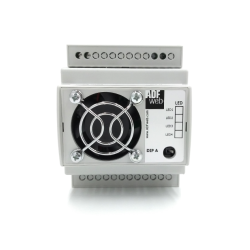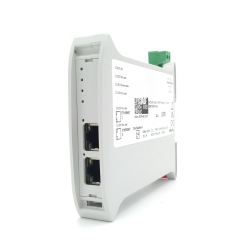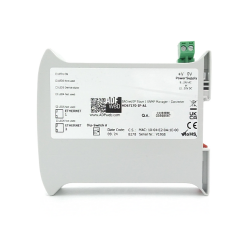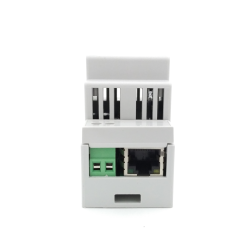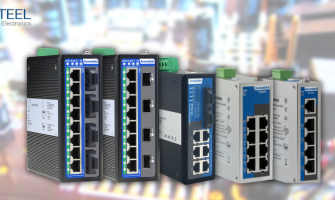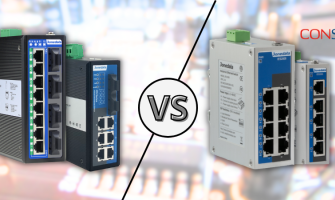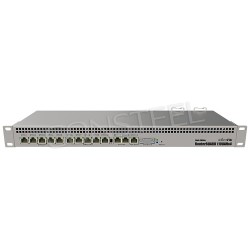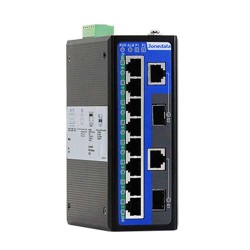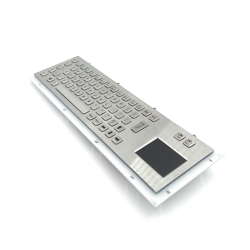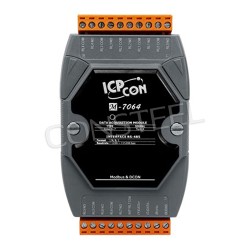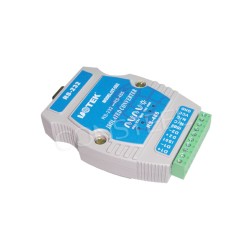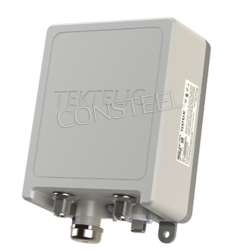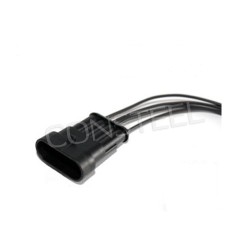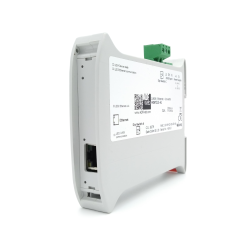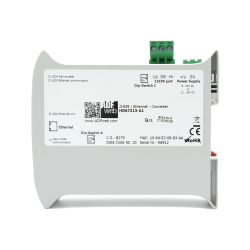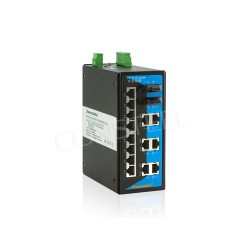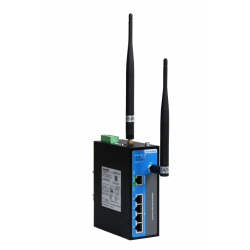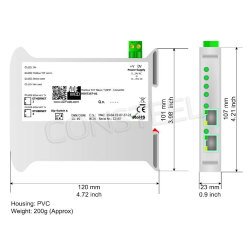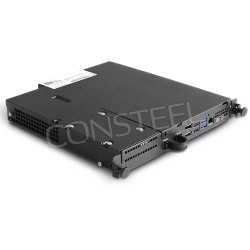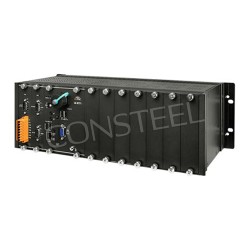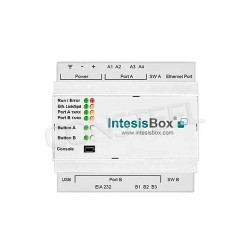BACnet protocol specification and possibilities of its use

What is BACnet - specification and applicability of this protocol
In the field of building automation, interoperability and efficient communication are paramount. Imagine a world where heating, ventilation, lighting and security systems work seamlessly together to optimize comfort, energy efficiency and security. This vision is not just a futuristic dream, but a tangible reality made possible by protocols such as BACnet. In this article, we will delve into the essence of the BACnet protocol, its specifications and the myriad possibilities it opens up for intelligent buildings and beyond.
What is BACnet?
BACnet, short for Building Automation and Control Networks, is an open communication protocol designed specifically for building automation and control systems. Developed by the American Society of Heating, Refrigerating and Air-Conditioning Engineers (ASHRAE), the BACnet protocol emerged in the late 1980s in response to the fragmented landscape of proprietary protocols dominating the building automation industry.
In its essence, BACnet serves as a lingua franca for a variety of building systems, enabling devices from different manufacturers to communicate and share data seamlessly. Whether it's HVAC systems, lighting control, access control panels, fire alarm systems or energy management systems, BACnet provides a standardized framework for interoperability, supporting integration, flexibility and scalability in building automation applications.
BACnet protocol specification
BACnet defines a comprehensive set of standards governing its operation and functionality. These standards cover various aspects of communication, data representation, device profiles and network topology, ensuring consistency and compatibility across different implementations. Key BACnet specifications include:
1. Communication Protocols- BACnet supports multiple communication protocols, including Ethernet, IP and MS/TP (Master-Slave/Token-Passing), adapting to different network infrastructures and scenarios.
2. Object data model- The centerpiece of BACnet is the object data model, which organizes device data into standard object types such as analog inputs, binary outputs, schedules and trend logs. This uniform data representation simplifies data exchange and interoperability between devices.
3. Services and Features- BACnet defines a rich set of services and features for device discovery, data read/write operations, alarm and event notification, scheduling, trending and remote device management, facilitating comprehensive control and monitoring capabilities.
4. Device Profiles- BACnet includes a number of device profiles tailored to specific application domains, including building automation, lighting control, access control and energy management. These profiles define the standard behavior and capabilities of devices in each domain, ensuring consistency and interoperability.
5. Network Management- BACnet includes solutions for network management functions such as device configuration, network diagnostics, time synchronization and routing, enabling efficient operation and maintenance of BACnet networks.
Use of the BACnet protocol in industrial automation
The adoption of the BACnet protocol opens up a world of possibilities in building automation and beyond. Some of the key applications and benefits of using the BACnet protocol include:
Interoperability and integration: BACnet enables seamless integration of disparate systems and devices in a building, enabling them to communicate and collaborate effectively. This interoperability fosters holistic building management solutions that optimize comfort, energy efficiency and occupant satisfaction.
Scalability and flexibility: With a modular architecture and support for a variety of network topologies, BACnet offers scalability and flexibility to adapt to the changing needs of buildings and facilities. From small-scale installations to complex multi-site deployments, BACnet provides a future-proof foundation for scalable automation solutions.
Energy Efficiency and Sustainability: By facilitating real-time monitoring, analysis and control of building systems, BACnet enables organizations to optimize energy consumption, reduce waste and minimize environmental impact. With intelligent control strategies and predictive algorithms, BACnet helps generate significant energy savings while enhancing sustainability efforts.
remote monitoring and management: BACnet's remote access and management support enables facility managers and building operators to monitor and control building systems from anywhere at any time. This remote visibility and control increases operational efficiency, streamlines maintenance workflows and reduces downtime, leading to improved uptime and user comfort.
Smart Buildings: BACnet provides the foundation for a wide range of smart building applications, including demand response, predictive maintenance occupancy detection and space optimization. By harnessing the power of BACnet-enabled devices and systems, organizations can create intelligent, adaptive environments that enhance productivity, safety and well-being.
Looking at its specifications and applicability, BACnet is an integral part of modern building automation, offering a standardized, interoperable framework for communication and control in the built environment. With its robustness and wide-ranging applications, BACnet enables organizations to realize the full potential of intelligent buildings, increasing efficiency, sustainability and innovation in building management and beyond. As demand for intelligent, networked buildings continues to grow, BACnet remains at the forefront, driving the evolution of building automation toward a more connected and efficient space.













